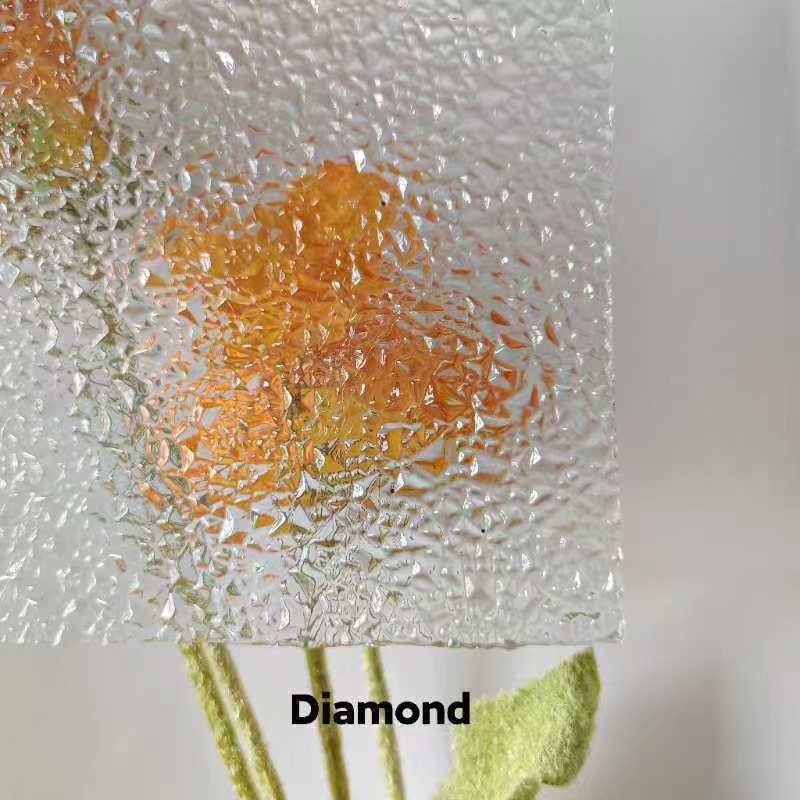

Understanding Dead Flat Float Glass Characteristics and Applications
Dead flat float glass is a specialized type of glass known for its exceptional flatness and clarity, making it ideal for various applications in both residential and commercial settings. The term float glass refers to the manufacturing process used to create the glass, where molten glass is floated on molten tin to produce a smooth, uniform surface. This method results in a product that is not only aesthetically pleasing but also possesses remarkable durability and optical quality.
One of the defining features of dead flat float glass is its nearly perfect flatness. Unlike regular glass, which often displays ripples or distortions, dead flat glass is engineered to provide an ultra-flat surface that meets precise specifications. This characteristic is especially important in applications where even the slightest imperfections can affect the end product’s performance. For instance, in the manufacturing of optical devices such as lenses and mirrors, any deviation from flatness can lead to significant performance issues, impacting image clarity and accuracy.
The applications of dead flat float glass are diverse and span various industries. In the architectural realm, it is used for facades and windows, contributing to modern building aesthetics while providing excellent thermal insulation and soundproofing properties. High-quality clarity and transparency make dead flat float glass the preferred choice for showcasing products in retail environments. Storefronts, display cases, and exhibition stands utilize this glass to provide unobstructed views, enhancing the shopping experience.

In the automotive industry, dead flat float glass plays a critical role in producing high-quality windshields and windows
. The precise flatness of the glass ensures that visibility is not compromised, providing greater safety for drivers and passengers alike. Moreover, the glass is treated to withstand various environmental factors, including UV exposure, which aids in maintaining the integrity and appearance over time.Beyond its structural applications, dead flat float glass is also finding a place in the realm of technology. The increasing demand for precision in consumer electronics, such as smartphones and tablets, has led manufacturers to adopt this type of glass for screens. The ultra-smooth surface not only enhances touch sensitivity but also contributes to better image quality.
Another notable feature of dead flat float glass is its ability to be treated with various coatings, such as low-emissivity (Low-E) and anti-reflective finishes. These coatings further enhance the glass's performance by improving energy efficiency, reducing glare, and increasing durability. This adaptability makes dead flat float glass a versatile choice for various applications, from residential windows to high-performance commercial buildings.
In conclusion, dead flat float glass stands out for its unique combination of flawless flatness, clarity, and durability. Its wide-ranging applications in architecture, automotive manufacturing, technology, and retail highlights its importance in modern design and functionality. As industries continue to evolve and demand higher standards, dead flat float glass will undoubtedly play a significant role in shaping the future of glass technology.